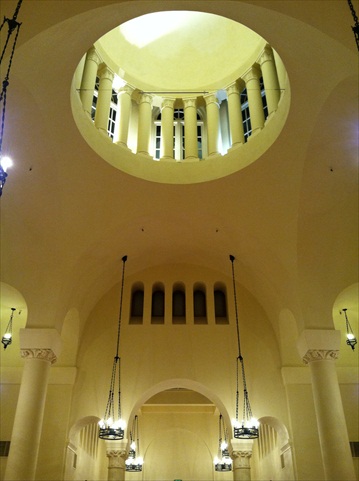
Welcome back! Hopefully you didn’t get too depressed thinking about all the ways your self-conscious behavior jeopardizes your ability to bring your true creative gifts into the world. Again, don’t linger on it. We all do it to some degree.
Let’s get to the good stuff, something we all can aspire towards while we love those parts of us that continue to work from an unconscious and self-conscious point of view.
At the top of the three stages of conscious design build, we have consciousness, where the union of awareness of self and the awareness of other are in a vital and dynamic dialogue. True consciousness involves the willingness for us to authentically express what is true and inspiring to us and allowing and appreciating the truths of others, even when they are different or in direct contrast to our own. Conscious living is living with a felt sense of the dynamic, interdependent, deeply mysterious aspects that are the cornerstones of the world in which we live. A conscious individual is one who is aware that their so-called strengths and weaknesses, their good and bad habits, their so called phenomenal ego and their absolute Self are always playing themselves on a much bigger stage. The conscious outlook is a sacred outlook, honoring both success and challenges of the multifarious universe that is always arising, abiding, and ceasing. Consciousness honors hierarchy, recognizing that consciousness and conscious self-awareness are precious and worthy of appreciation and cultivation.
In design and building, consciousness can take an infinite variety of forms, including primitive huts and stately palaces alike. What makes a building conscious is the intention going into the process of designing, and the way in which the project is held while being built. What separates the unconscious from the conscious is that the former is based on the habitual momentum of the ego whereas the latter is based on a visionary view of a much larger picture, one that both includes and transcends egoic desires.
What separates selfish designs from conscious designs is that selfish designs seek to impress while conscious designs hope to inspire. What separate self-conscious designs from conscious designs is that self-conscious designs practice false humility whereas with conscious design, humility naturally results from one’s felt sense of interdependence, the dance of contingencies that make the world possible. In both selfish design, and self-conscious design, there is the illusion of isolated individuals working with a world that is inherently separate from themselves. In both selfish and self conscious projects, the individual experiences themselves as inherently separate from the world.
Conscious design build, however, recognizes that all designs and their constructions are dependent on the miraculous coming together of an inconceivable array of causes and conditions, including the people who work on them, the materials that go into the structure, and the systems (water, electricity, sewage, landscape) that support the structure in serving and being served by the greater community, including the natural world.
In conclusion, since the built environment is first and foremost the products of consciousness—that is the insight and ideas arising from people’s minds, is the single most important thing we can do to improve the qualities of our built environment (as well as renewing our already intimate, though somehow unconscious connection to the natural world) is to work with consciousness on all levels directly. These levels include our sensorial awareness, mental awareness, and spiritual awareness.
In the words of philosopher Ken Wilber, “Global problems demand global consciousness, and global consciousness is the product of five or six major interior stages of development. Simply possessing a global map won’t do it. A systems map will not do it. An ecological map will not do it. Interior growth and transcendence, on the other hand, will do it.”